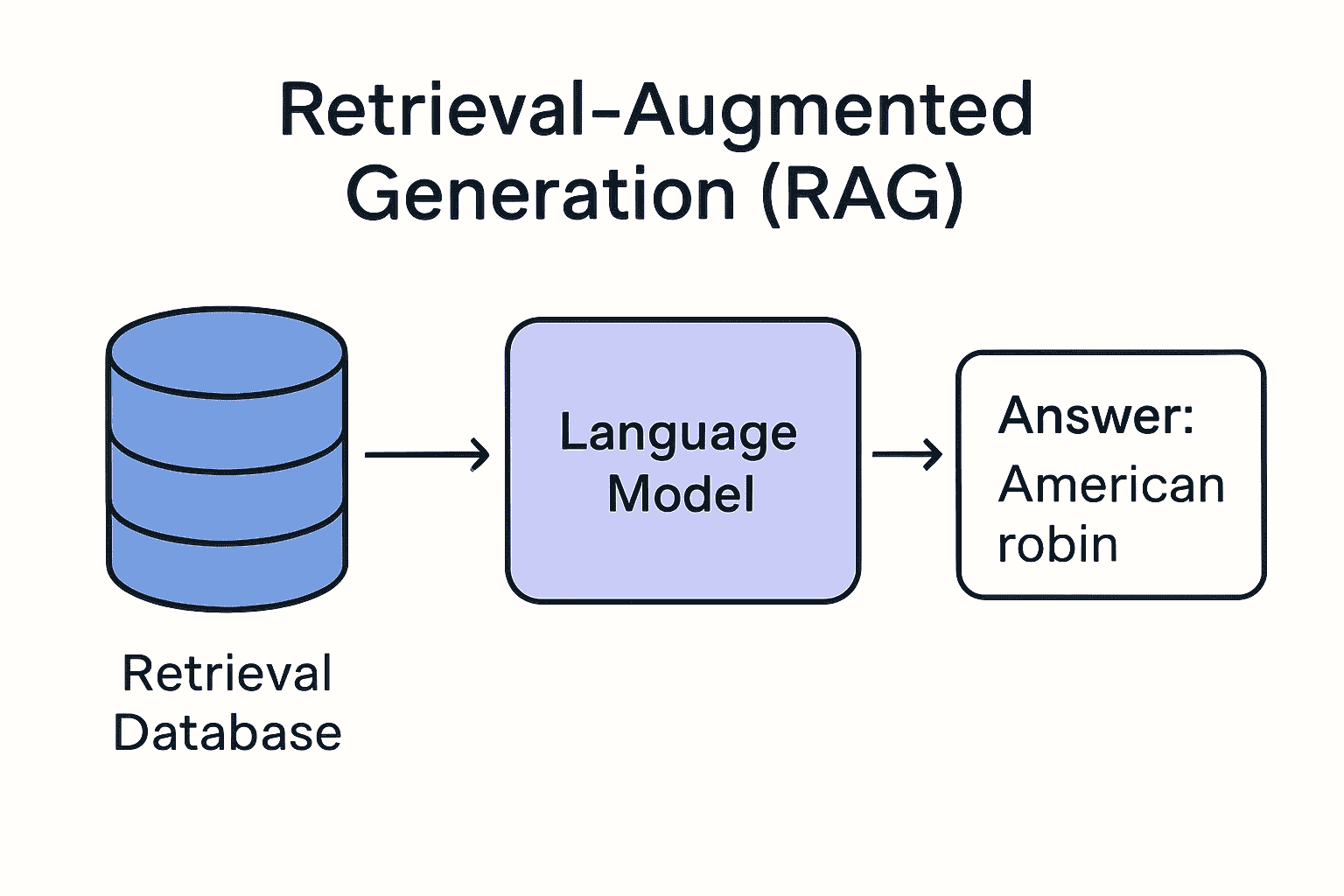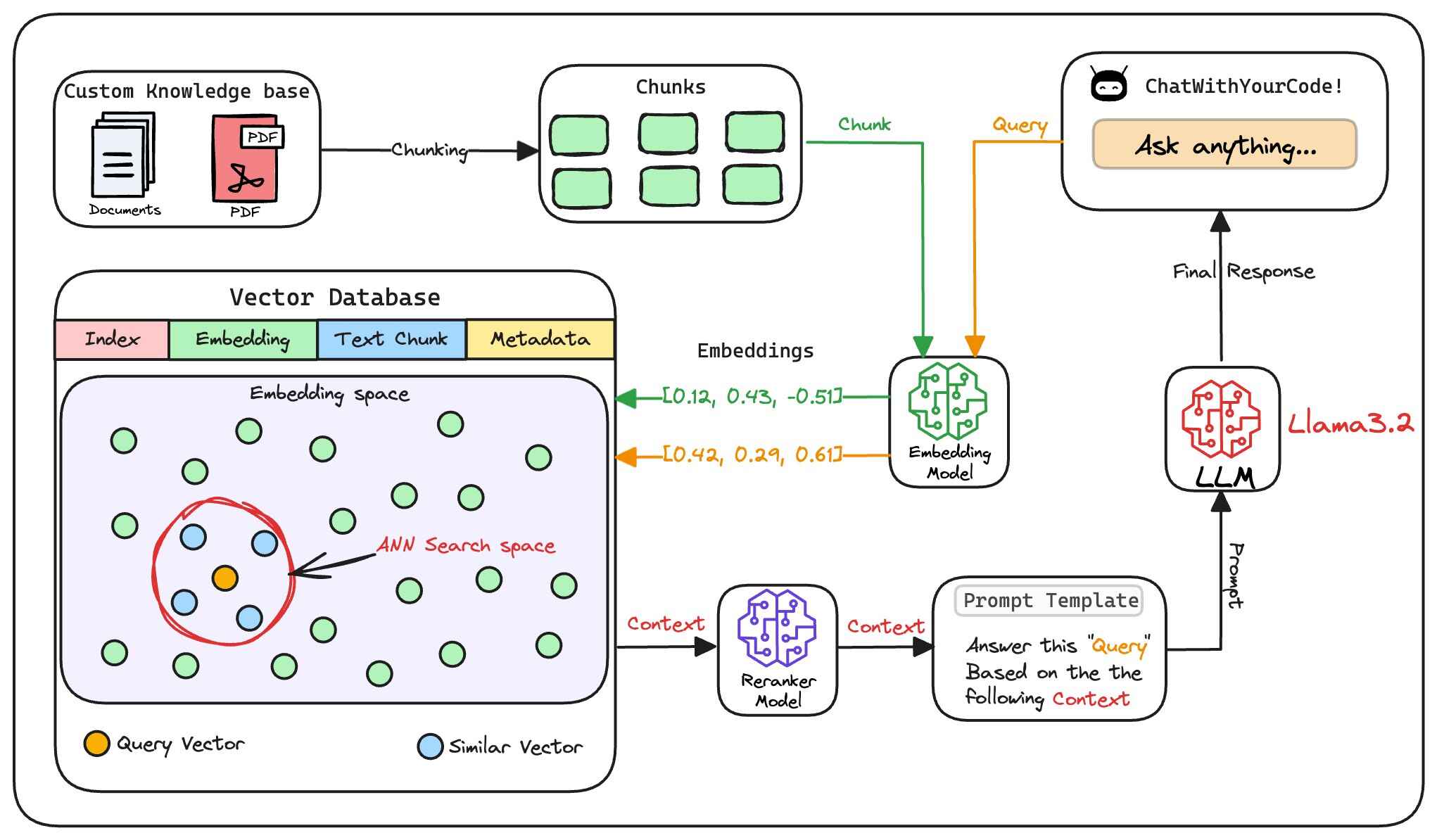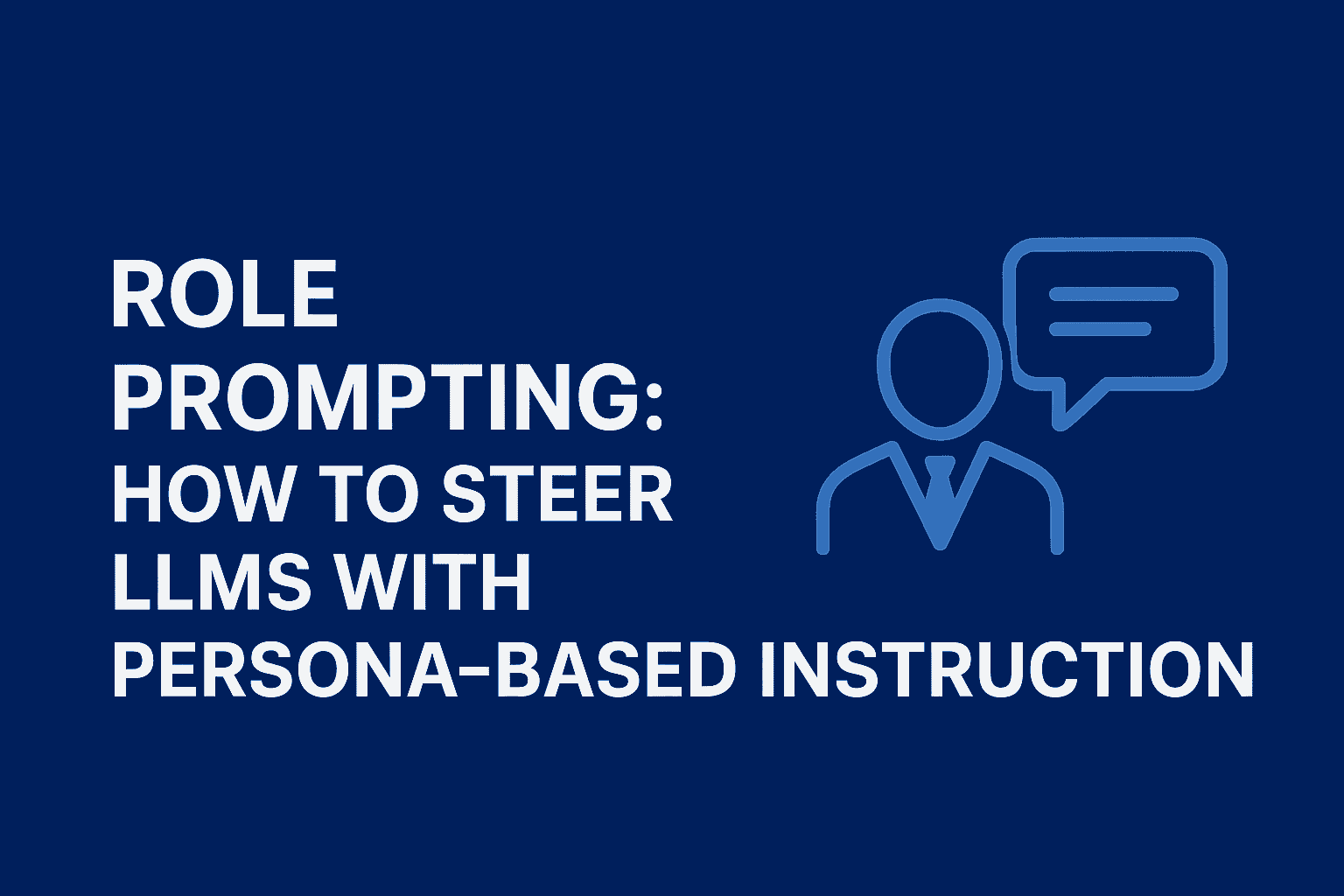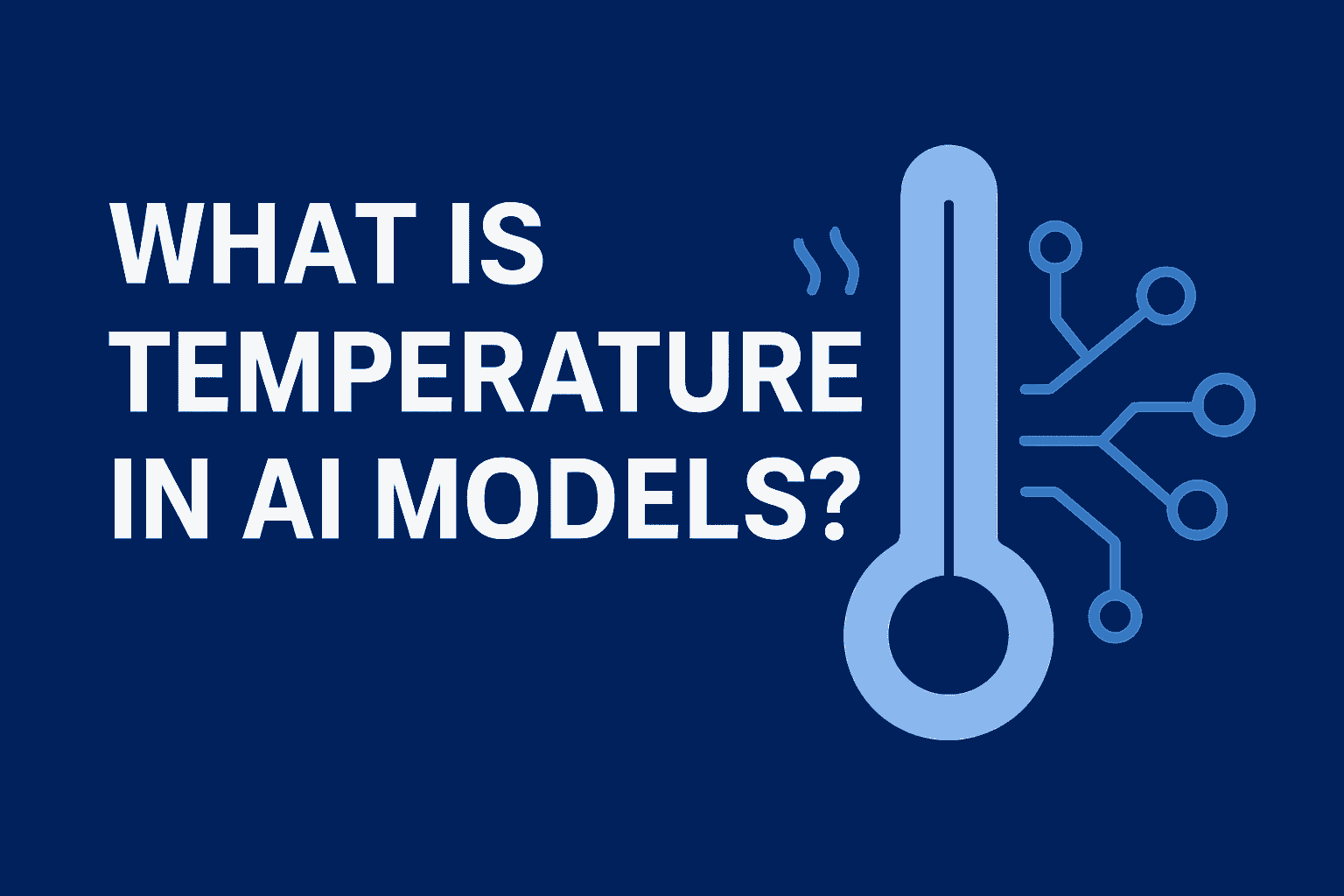
🎬 Episode 1 : 🧠 Introduction to Retrieval-Augmented Generation (RAG): Unlocking Smarter AI Systems
Ai engineer
🔍 Smarter AI Starts with RAG Ever asked a chatbot something and got a vague or outdated answer? That’s because most AI models rely only on what they were trained on. Enter Retrieval-Augmented Generation (RAG)—a game-changing approach that lets AI search trusted sources in real time before answering. Instead of guessing, RAG looks things up—like a super-fast librarian—then generates clear, accurate responses based on fresh information. Whether you're asking about rare birds, medical breakthroughs, or legal policies, RAG makes AI smarter, more useful, and always up-to-date.
Introduction to Retrieval-Augmented Generation (RAG): Unlocking Smarter AI Systems
Have you ever asked a chatbot a question and gotten a vague or outdated response?
Let’s say you’re out for a walk and spot a bird with a bright orange chest and teal wings. Curious, you snap a photo and ask an AI assistant:
🗣 “What species could this be?”
But instead of a helpful answer, it replies: “I’m not sure.” Or worse—gives you a generic, irrelevant guess.
These moments highlight a key limitation of traditional language models: they can only respond using the information they learned during training. That training might be months or even years old—so when you ask about a recent event, a rare wildlife sighting, or a newly released product, the model may simply not know.
Its knowledge is frozen in time.
This is exactly where Retrieval-Augmented Generation (RAG) comes in.

🧠 Enter Retrieval-Augmented Generation (RAG)
This is where RAG changes the game. Originally introduced by Facebook AI in 2020, Retrieval-Augmented Generation enables AI systems to look things up in real time. Instead of guessing or relying on outdated memory, a RAG-powered model searches trusted sources like documents, wikis, or company databases, then uses that info to craft accurate, up-to-date responses.
In short, RAG connects the power of search with the fluency of language models—so answers are grounded in real information, not just trained assumptions.
🔍 So, how does RAG actually work? Let’s break it down—without the boring bits.

Imagine you ask an AI a tricky question—like “What are the latest treatments for Alzheimer’s?” Instead of guessing or relying only on what it already knows, the AI goes on a quick fact-finding mission.
-
Step 1: Retrieval – Like a super-fast librarian
First, it scans through a huge pile of documents (think: articles, papers, manuals) to pull out the most relevant info. These aren’t random hits—it uses smart search algorithms to find the stuff that actually matters for your question. -
Step 2: Augmentation & Generation – The magic combo
Now the AI reads those snippets and crafts a response—not just copying, but blending your question with what it found, writing something that’s informative and fluent.
It’s like having a researcher and a writer rolled into one: fast, smart, and surprisingly articulate.
The result? You get an answer that’s not just pulled from memory—it’s updated, evidence-based, and actually helpful.
🧠 Why Does RAG Matter?
RAG isn’t just a fancy tech buzzword—it solves real problems:
-
✅ More Accurate Answers: It checks real documents before replying, so it’s less likely to make things up.
-
📚 Custom Knowledge: You can feed it your own data—like legal files or medical records—and it gives answers that fit your field.
-
⚡ Easier to Update: No need to retrain giant models. Just update the documents it looks at, and you’re good to go.
📚 RAG in Everyday Life: The Library Analogy (Expanded)
To understand how Retrieval-Augmented Generation (RAG) works, imagine you're at a library asking for help on a topic.
Let’s say you ask the librarian:
🗣 “Can you help me understand climate change?”
Here’s how the process maps directly to RAG:
🔍 Step 1: Retrieval — Finding the Right Books
The librarian doesn’t just guess or try to recall everything they know. Instead, they go to the shelves, search the catalog, and pick out the most relevant and trustworthy books on the topic.
📖 These books = the retrieved documents in RAG.
Just like a retriever model searches a database, the librarian filters through a large collection to find the best information for your question.
🧠 Step 2: Generation — Explaining the Answer Clearly
Now, the librarian doesn’t hand you the stack and walk away. They read the important parts and explain the answer to you in a simple, understandable way—summarizing complex ideas, maybe even rewording things so it makes more sense.
🗒️ This is like the generator model in RAG. It takes your question and the retrieved content, then crafts a natural, human-like answer that’s clear, relevant, and accurate.
✅ The Result: You get a helpful answer that’s based on the latest, most relevant knowledge—not just someone’s memory.
That’s exactly what RAG does:
It combines search and generation, so responses are both informed and well-written—something standard AI models (without retrieval) often can’t do.
🏁 Conclusion: Why RAG Is the Future of AI
Retrieval-Augmented Generation is changing how we think about AI—blending search with language understanding to create responses that are more factual, more tailored, and more useful.
Whether you're:
-
🧪 an AI researcher,
-
💼 a business leader building internal tools, or
-
👩💻 a developer designing smarter systems,
…understanding RAG gives you a powerful edge.
Because in the age of limitless information, the best AI isn’t just smart—it knows where to look.

